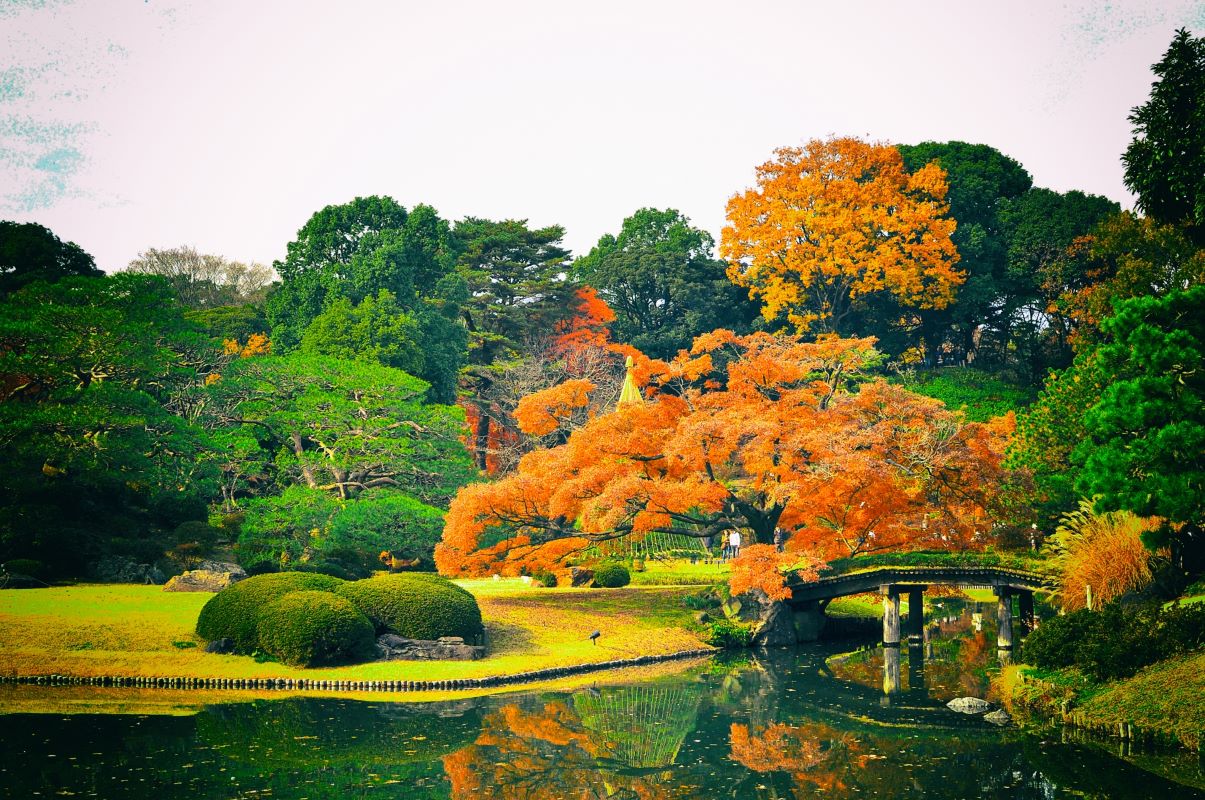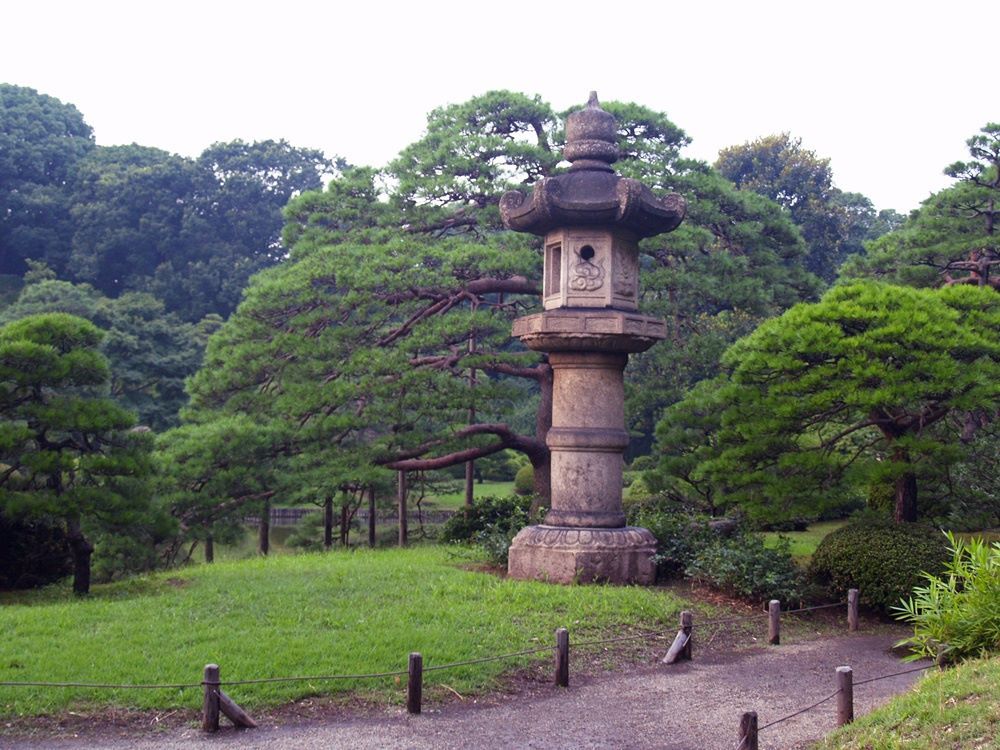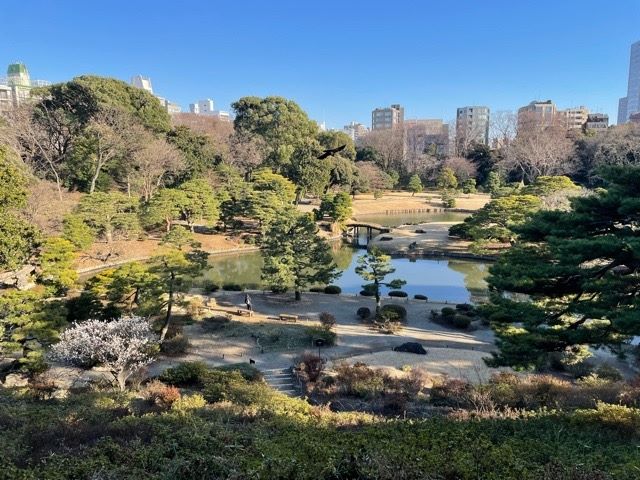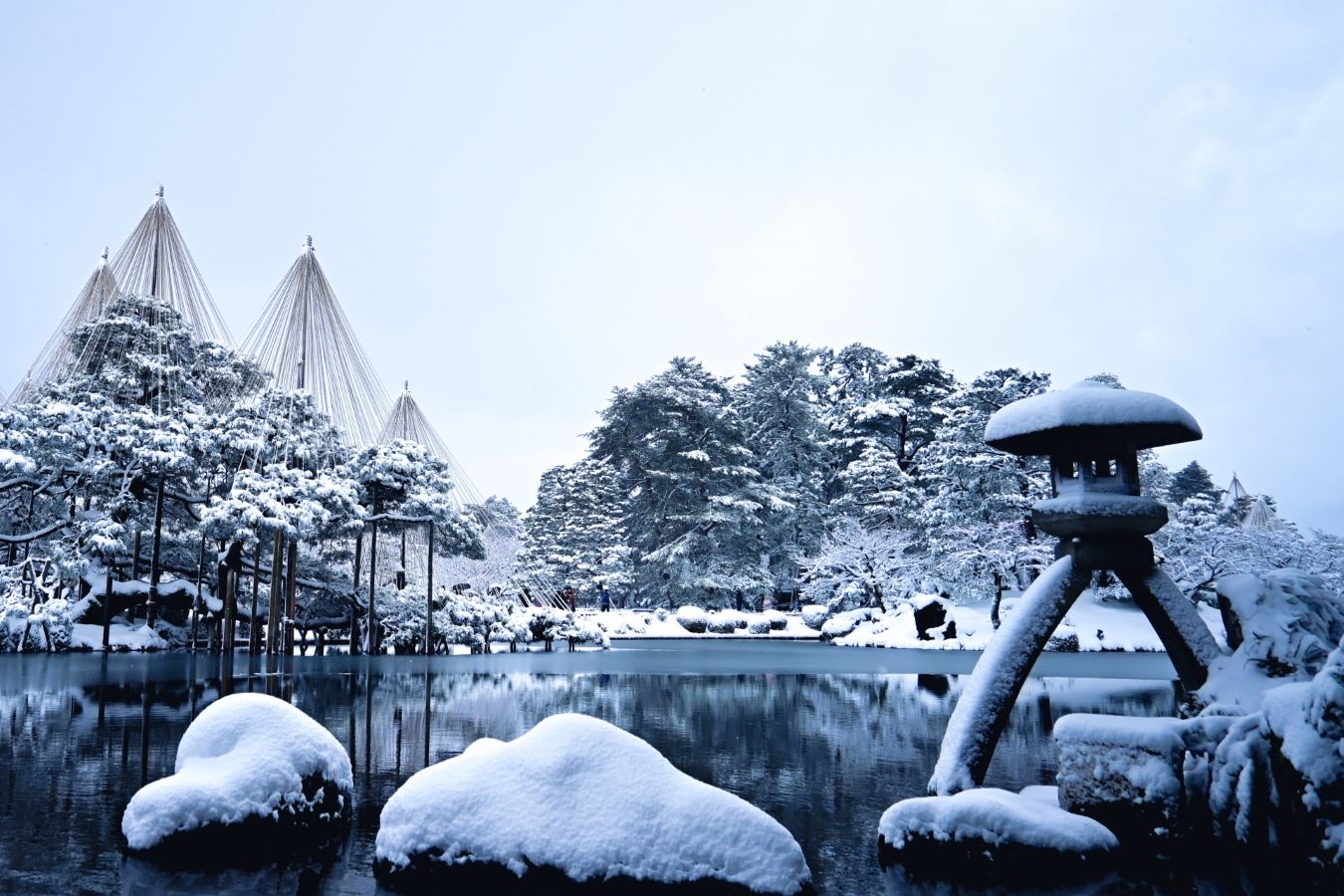Rikugien Gardens is one of the most beautiful Japanese landscape gardens in Tokyo, Japan. It was built in 1700 for the 5th Tokugawa Shogun, Tsunayoshi Tokugawa, and is located in Bunkyo-ku. The garden is designed as a strolling garden, depicting 88 scenic spots from famous Japanese poems and Kishu Wakanoura. The name Rikugien literally means “six poems garden,” referring to the six elements in waka poetry.

The Rikugien Gardens are a must-visit destination for anyone who loves nature and Japanese culture. The garden offers beautiful views from every angle, and visitors can enjoy strolling around the garden while admiring the cherry blossoms in spring and the autumn leaves in fall. The garden is also illuminated at night during special events, making it a popular spot for romantic dates and evening walks.
Key Takeaways
- Rikugien Gardens is located in Bunkyo-ku, Tokyo, Japan.
- The garden was built in 1700 for the 5th Tokugawa Shogun.
- The name Rikugien means “six poems garden.”
- Depicts 88 scenic spots from famous Japanese poems and Kishu Wakanoura.
- A must-visit destination for anyone who loves nature and Japanese culture.
- The garden is illuminated at night during special events.
History

Rikugien Gardens is a traditional Japanese garden located in Tokyo’s Bunkyo Ward. The gardens were constructed between 1695 and 1702, during the Edo period, and were headed by Yanagisawa Yoshiyasu, a daimyo of Kawagoe and close friend to the fifth Tokugawa shōgun Tokugawa Tsunayoshi. The garden was built on land donated by the shogun and was designed to be a typical example of a daimyo garden from the Edo period.
After the death of Yanagisawa, the garden was neglected for many years until it was purchased by the founder of Mitsubishi, Iwasaki Yataro, in 1878. Yataro restored the garden to its former glory and opened it to the public in 1938.
During World War II, the garden suffered extensive damage, but it was restored once again in the post-war period. Today, the garden is a popular destination for locals and visitors alike, offering a peaceful retreat from the hustle and bustle of Tokyo’s busy streets.
The name “Rikugien” means “six poems garden” and was inspired by the garden’s design, which reproduces in miniature 88 scenes from famous poems. The garden is also known for its kaiyu-style circuit, which allows visitors to explore the garden’s many features and enjoy a leisurely stroll through its winding paths.
Design and Features

The Rikugien Gardens are a stunning example of traditional Japanese gardening. Created in the early 18th century, the gardens were designed as a strolling garden, featuring winding paths that meander through a variety of landscapes. The garden is divided into two main sections: the pond garden and the hills garden.
The pond garden is the centerpiece of Rikugien, featuring a large pond with a small island called Naka-no-shima. The pond is surrounded by a variety of trees, including cherry blossoms, maples, and pines. Visitors can cross the pond on a series of bridges, including the iconic double-arched Togetsukyo Bridge.
The hills garden, on the other hand, is a more rugged landscape, featuring hills and valleys that are meant to evoke the beauty of Japan’s natural scenery. The garden’s hills are covered in a variety of trees and shrubs, including Japanese cypress, azaleas, and camellias. Visitors can explore the hills garden on a series of winding paths that provide stunning views of the surrounding landscape.
One of the most unique features of Rikugien is the teahouse located within the garden. The Fukiage Chaya teahouse is a traditional Japanese teahouse where visitors can enjoy a cup of tea while taking in the beauty of the garden. The teahouse is open during the spring and fall seasons, when the garden is at its most beautiful.
Overall, the Rikugien Gardens are a must-see attraction for anyone visiting Tokyo. With its stunning landscapes, winding paths, and unique teahouse, the gardens offer a variety of experiences for visitors to enjoy. It is recommended to check the garden’s seasonal schedule before visiting, as different plants and trees bloom at different times of the year.
Recommended Seasons to Visit
When planning your trip to Rikugien Gardens, it’s important to consider the best time of year to visit. Each season offers a unique experience, so it’s worth considering what you want to see before you go.
Spring

Spring is a popular time to visit Rikugien Gardens, as the cherry blossom season is a must-see attraction in Japan. The weeping cherry trees near the main gate typically bloom from late March to early April, and the azalea bushes planted along the shore of the garden’s large central pond are in bloom from April to May. During this season, the garden is filled with vibrant colors and sweet fragrances, making it a perfect destination for nature lovers.
Summer

While summer is not the most popular season to visit Rikugien Gardens, it offers a variety of unique experiences. During this season, visitors can explore the garden’s lush greenery and escape the heat in the shade of the trees. The garden also holds special events during this time, such as evening illuminations and traditional Japanese music performances.
Fall

Fall is a beautiful time to visit Rikugien Gardens, as the maple leaves turn into a fiery red and orange hue. The garden extends its hours during this season and holds special illumination events, allowing guests to appreciate the beauty of nature at night. Many consider Rikugien to be one of Tokyo’s best spots for viewing maple leaves in autumn.
Winter

While the garden may not be as colorful during the winter season, it still offers a peaceful and serene atmosphere. The garden’s trees are bare, allowing visitors to appreciate the beauty of their intricate branches. The garden also holds special events during this time, such as traditional tea ceremonies and mochi-making demonstrations.
It is recommended to check the garden’s website before your visit to see what events and seasonal attractions are available. No matter what time of year you visit, Rikugien Gardens is a beautiful destination that locals and tourists alike can appreciate.
Access and Admission
If you’re planning to visit Rikugien Gardens, here’s what you need to know about access and admission.
Getting There
The Rikugien Gardens are located in the Bunkyo district of Tokyo, and there are several ways to get there:
- Take the JR Yamanote Line to Komagome Station, South Exit (7 minutes on foot)
- Take the Tokyo Metro Namboku Line to Komagome Station, Exit 2 (7 minutes on foot)
- Take the Toei Mita Line to Sengoku Station, Exit A3 (10 minutes on foot)
Lockers are available at the entrance, and you’ll need a 100 yen coin to use them (which will be returned when you unlock the locker).
Admission
The admission fee for Rikugien Gardens is 300 yen per person, and it’s free for elementary school age and younger. The garden is open every day from 9am to 5pm (last entry at 4:30pm), except from December 29 to January 1. During the cherry and maple seasons, there are evening illuminations until 9pm, but the dates vary, so it’s recommended to check the official website for details.
Overall, Rikugien Gardens is a beautiful and serene spot in the heart of Tokyo, and it’s definitely worth a visit if you’re in the area. Whether you’re a local or a tourist, you’ll appreciate the peaceful atmosphere and stunning scenery.
Events and Activities
Throughout the year, Rikugien Gardens hosts a variety of events and activities that allow visitors to explore the beauty of the garden in different ways. Here are some of the most popular events:
- Cherry Blossom Festival: In early spring, the garden is covered in a blanket of pink as the cherry blossoms bloom. During this time, the garden hosts a festival with food, music, and other entertainment.
- Autumn Evening Illumination: One of the most popular events at Rikugien Gardens, the autumn evening illumination showcases the beauty of the garden at night with thousands of lights illuminating the trees and pathways.
- Tea Ceremony: Visitors can experience a traditional Japanese tea ceremony in the garden’s tea house, which overlooks a tranquil pond and waterfall.
- Guided Tours: For those who want to learn more about the history and design of the garden, guided tours are available in English and Japanese.
It is recommended to check the official Rikugien Gardens website for the latest information on upcoming events and activities.
Aside from these special events, visitors can explore the garden on their own and take in the seasonal changes throughout the year. Whether you’re a local or a tourist, Rikugien Gardens offers a peaceful escape from the hustle and bustle of Tokyo.


